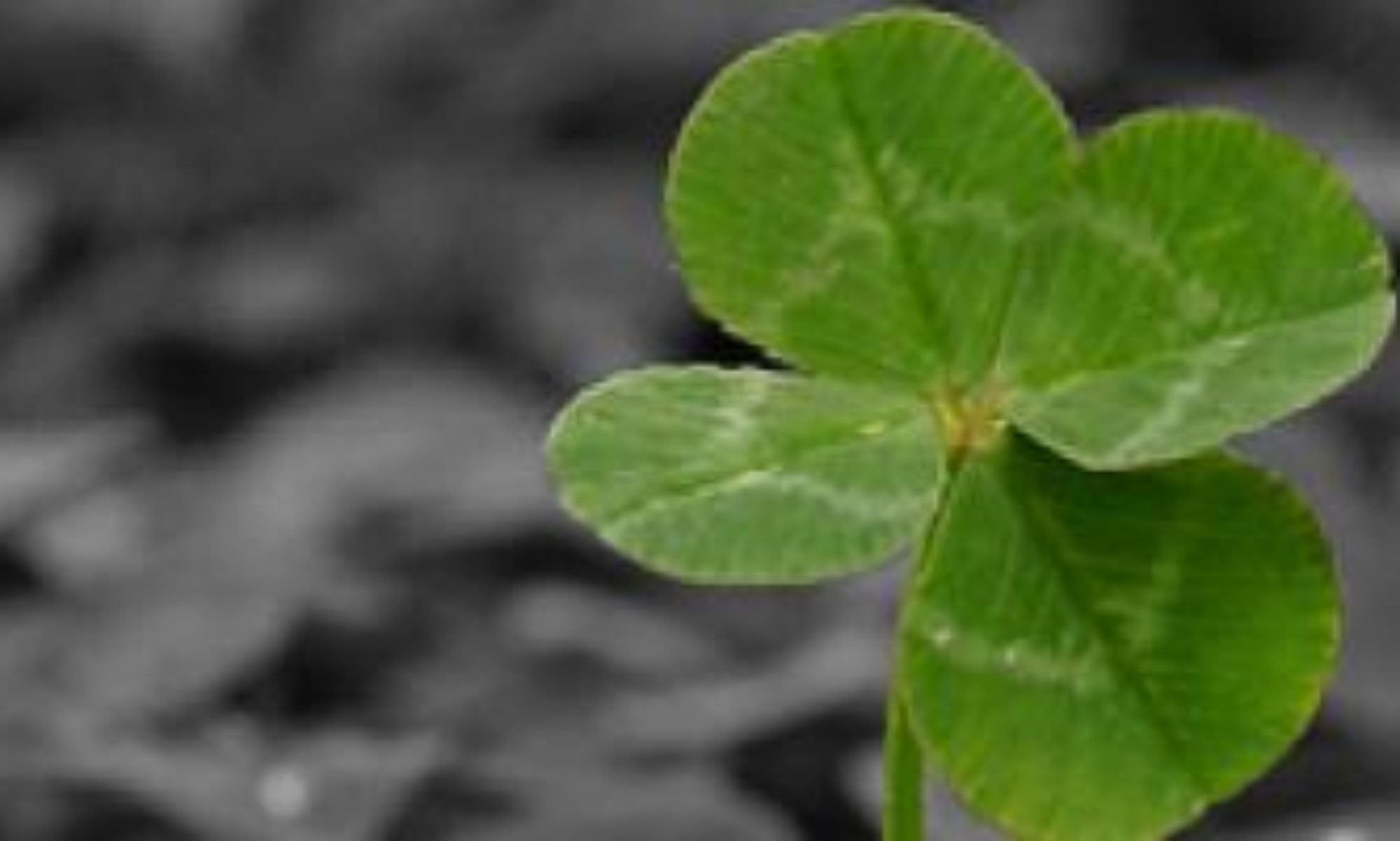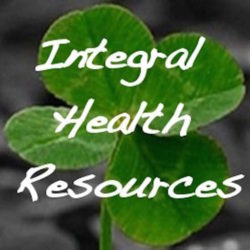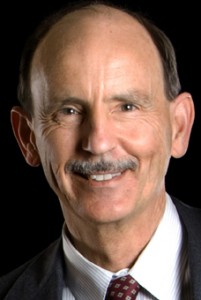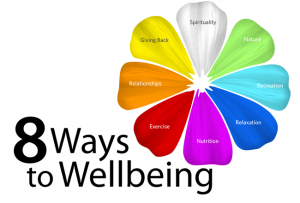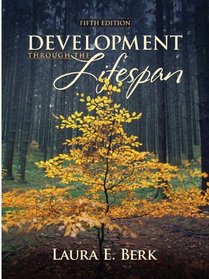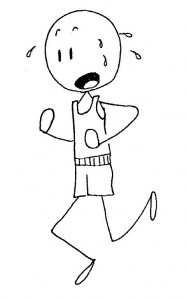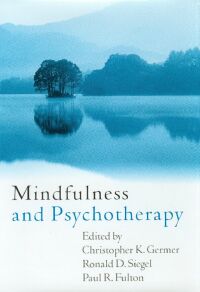 I finally made time to finish reading Mindfulness and Psychotherapy, and I was particularly struck by the chapter on “Psychophysiological Disorders” written by Ronald D. Siegel. As a long-time student of Somatics, specifically Thomas Hanna’s Clinical Somatics, I have been intrigued by how repeated triggering of the stress response can lead to habitual patterns of muscle tension, which can in turn lead to a variety of problems and limitations in how our bodies function. (For those who are unfamiliar with the concept, “somatic” basically refers to our interior, directly-sensed experience of the body.) While Hanna acknowledged the psychological dimension of somatic issues in his writing and theories, his clinical method does not include an explicitly psychological dimension, and I personally have found this to be a limitation in the effectiveness of his program of somatic education. Siegel’s notions of the “chronic back pain cycle” and the “recovery cycle” dovetail nicely with Hanna’s sensory-motor perspective, bringing in a psychotherapeutic approach that can be applied to wide range of clinical issues.
I finally made time to finish reading Mindfulness and Psychotherapy, and I was particularly struck by the chapter on “Psychophysiological Disorders” written by Ronald D. Siegel. As a long-time student of Somatics, specifically Thomas Hanna’s Clinical Somatics, I have been intrigued by how repeated triggering of the stress response can lead to habitual patterns of muscle tension, which can in turn lead to a variety of problems and limitations in how our bodies function. (For those who are unfamiliar with the concept, “somatic” basically refers to our interior, directly-sensed experience of the body.) While Hanna acknowledged the psychological dimension of somatic issues in his writing and theories, his clinical method does not include an explicitly psychological dimension, and I personally have found this to be a limitation in the effectiveness of his program of somatic education. Siegel’s notions of the “chronic back pain cycle” and the “recovery cycle” dovetail nicely with Hanna’s sensory-motor perspective, bringing in a psychotherapeutic approach that can be applied to wide range of clinical issues.
Siegel points out some interesting parallels between the chronic back pain cycle (which he defines as “a cycle of psychological stress, muscle tension, and fear-based avoidance of activity”) and anxiety disorders:
They both result from overactivity of the fight-or-flight system. The also both involve future-oriented maladaptive fear responses, experiential avoidance, and false assumptions about the nature of the problem.
So, according to Siegel, both chronic back pain and chronic anxiety can often be exacerbated by (if not caused by) a fight-or-flight stress response system that has become stuck in overdrive. Whereas Somatics approaches the physical manifestations of stress, especially patterns of muscle tension, it does not directly deal with the psychological side of the coin, namely the fearful avoidance of experience and distorted thought patterns that so often keep the stress fires burning. Siegel’s approach uses mindfulness-based psychotherapy to address the problem on both a psychological and somatic level, but I wonder if the sensory-motor techniques of Somatics might be better suited to deal with the neuromuscular side of stress. I’ll have to read Siegel’s Back Sense and experiment with his principles and techniques to see if/how they might fit in with my current integral health regimen.
When I find the time, that is! For now, it’s time to get ready for the new semester and start diving into my counseling books. This coming week I start Counseling Theory & Technique and Group Work Theory & Technique. Looking forward to it!
